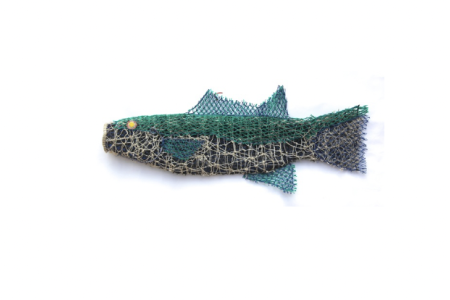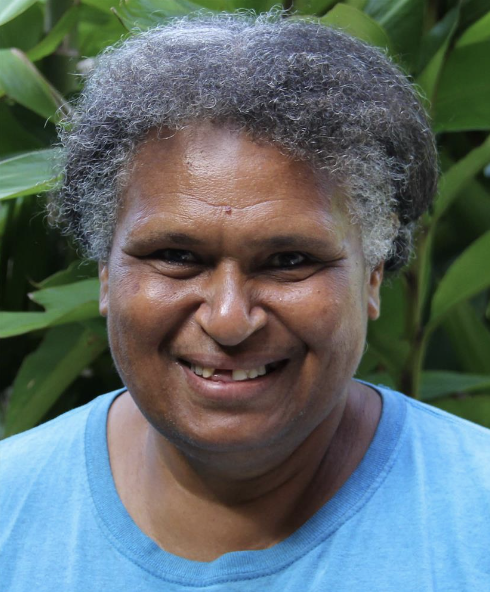
Cezanne

Ghostnets are fishing nets that have been accidentally lost, abandoned or simply thrown into the sea. They travel the oceans carried by sea currents and tides, continuing to trap marine wildlife. They are called ghostnets - “ghost nets” - because it is as if they continue to fish, manipulated by invisible hands. They trap many sea creatures and fish until they are washed ashore. They can also get stuck on reefs, destroying corals. Sometimes, when they are finally stranded on the beaches, the high tide brings them back into the open sea where they continue their wanderings. These ghost nets represent a very big problem, particularly at the northern tip of Australia and in the Gulf of Carpentaria, where they also disrupt the lives of the Aboriginal communities there because their cultures and their lives are intrinsically linked to the sea, they are also called the “people of sea water”.
It was in order to participate in “Design for a Sea Change” that artists from the Hammond Island Art Center in the Torres Strait (Queensland) were the first to have the idea of using abandoned fishing nets to create bags intended for sale. This initiative attracted the attention of a patron who decided in 2008 to encourage Aboriginal people living on the north coast of Queensland to create works from these nets in order to save marine fauna, but also to allow artists to use a new medium that is not transported to them by land but that they can collect themselves as their ancestors did with materials found in their immediate environment.
It was first of all to the artists of the Aurukun community that this new medium was offered because these men and women were specialized in weaving works that they had previously produced using plant fibers. Artists were enthusiastic about this material because it has the advantage of being very colorful. Since then, artists from different centers from the Torres Strait to the shores of Arnhem Land in the west have joined this movement, competing with each other in inventions.
This project raised awareness among the Australian public of the serious environmental problems caused by ghostnets. Works made from ghost nets are now in the collections of some of Australia's leading museums and are on display in art galleries.
Thanks to dozens of artists who use scrap fishing nets but also designers who try to use them as raw materials, dozens of tons of waste have been removed from the sea. The exhibition “TABA NABA: Australia, Oceania, arts of the peoples of the sea” which was held at the Oceanographic Museum of Monaco, from March 23 to September 30, 2016, and attracted 410,000 visitors from more than seventy countries, made the center famous of art from Erub Arts whose artists created nearly fifty sculptures for the “Ocean Life” installation.